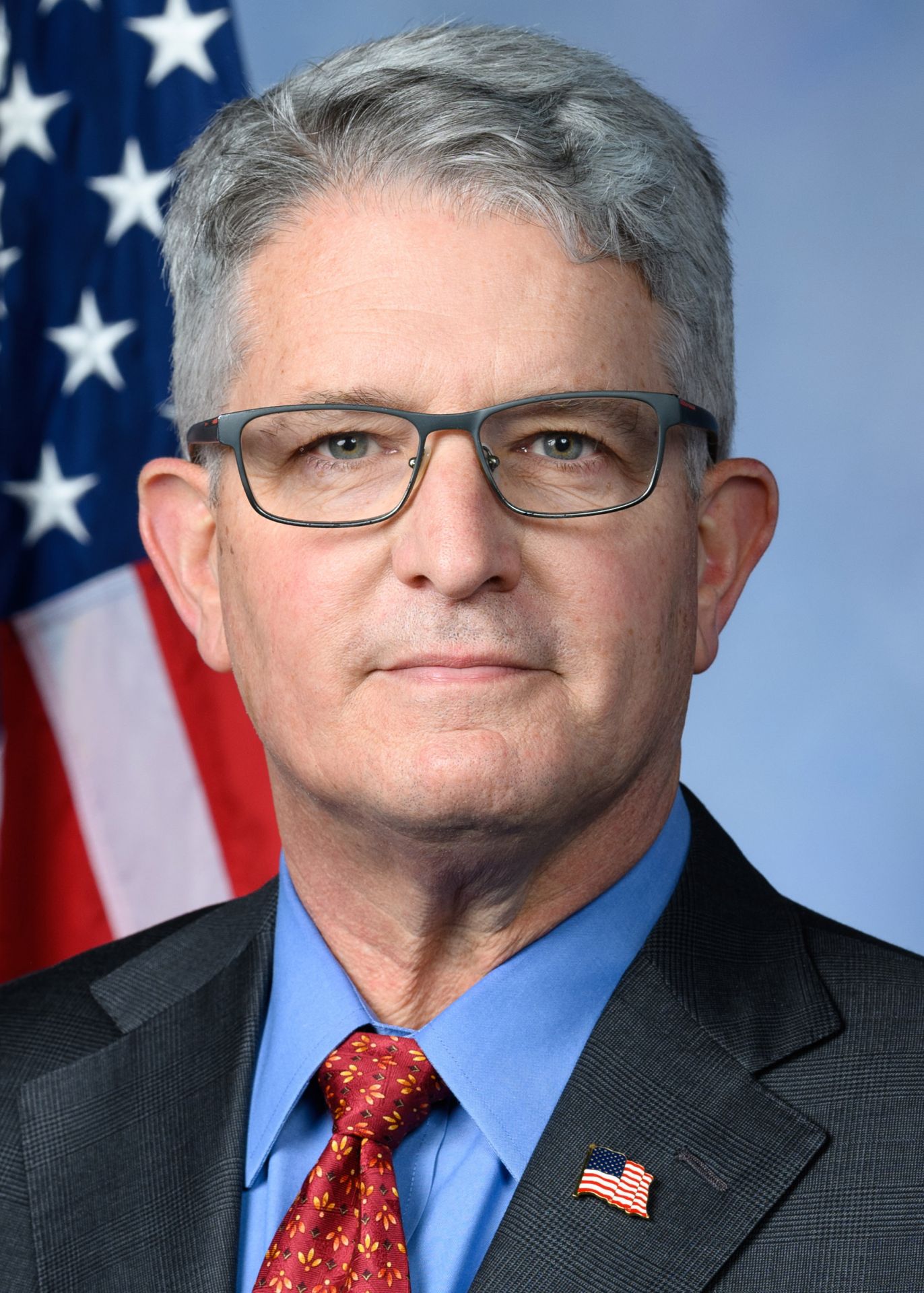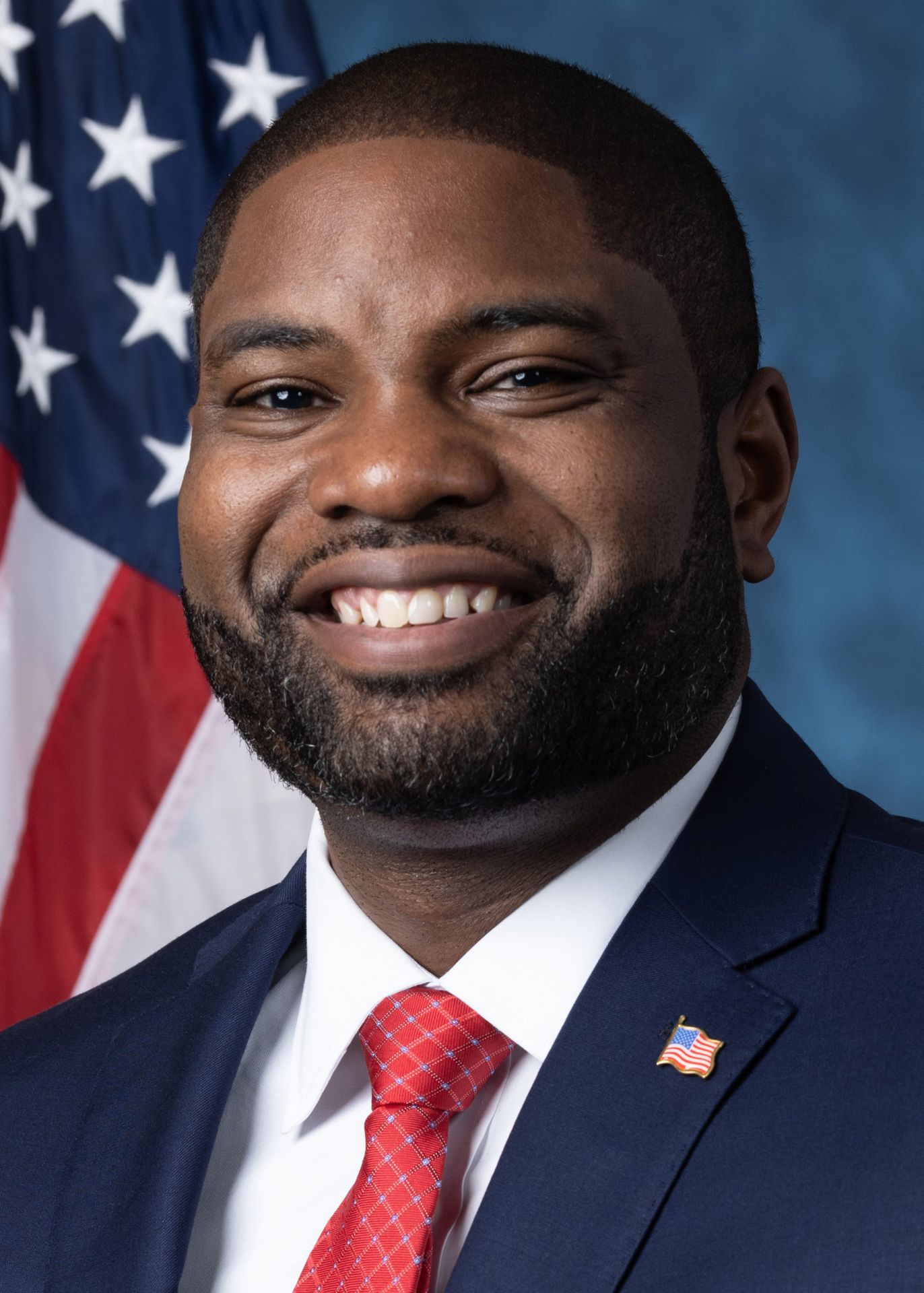The reality of radiation

Rep. Brandon Williams

Rep. Byron Donalds
For many Americans, the word “radiation” is often associated with fear of the unknown, yet the medical and scientific reality is that radiation is ever present in nature and is beneficial to human life. The truth behind radiation historically has been distorted and stigmatized—even the U.S. Nuclear Regulatory Commission recognizes that “radiation is naturally present in our environment, as it has been since before the birth of this planet.”
To embrace a responsible, low-carbon energy future, the American public should be aware of the beneficial applications of radiation instead of fearing it due to unsubstantiated hysteria generated by opponents of responsible nuclear energy.
After more than 60 years of peaceful nuclear research and engineering, Americans should know that innovative, modern safety solutions—such as enhanced radiation shielding and advanced nuclear reactor designs—help protect workers and communities against harmful radiation exposure. Simply put, the time is now to replace the “fear of radiation” with “facts about radiation”; Americans are ready to once again embrace nuclear energy for a safe, responsible, and reliable energy future.
But what is radiation? The Health Physics Society defines radiation as “energy that comes from a source and travels through space and may be able to penetrate various materials.” Radiation is either a wave or a particle (or both, just ask Einstein!), can be ionizing or nonionizing, and is a familiar part of our daily life. Back to HPS’s definition: “light, radio, and microwaves are types of radiation that are called nonionizing . . . [whereas] ionizing radiation is produced by unstable atoms or high-voltage devices such as X-ray machines.”
People are most concerned about how radiation interacts with the cells in our bodies. Harmful interactions from ionizing radiation can cause damage to our cells by changing the delicate chemistry inside a human cell or even damaging the mechanism of how cells replicate. Most radiation, however, either passes right through our body or interacts with our cells in benign or even healthy ways. People should and must protect themselves from harmful ionizing radiation—with lead aprons during medical imaging, the shielding of nuclear reactors, and even sunglasses on sunny days. But nonionizing radiation is simply a part of nature and our modern life. What makes the difference in radiation’s effect on humans? Type, amount, and speed. Lots of heavy particles traveling at very great speeds cause more damage (neutrons and alpha particles, for example). Fewer, lighter particles or waves cause less damage (UV or X-rays). Radiation is not mysterious, and its effects on humans (beneficial and harmful) have been studied for more than 100 years, beginning with the discoveries of Marie Curie at the turn of the 20th century.
For most Americans, radiation from medical interaction constitutes more than half of the radiation received on an annual basis, followed by radiation exposure from rocks and soil, naturally emitted radiation from human bodies, consumer products, and so forth. In fact, most Americans receive less than 1/1000th of their total annual radiation exposure from nuclear power.
So why are people afraid of radiation? We believe that radiation fears originated from decades of disinformation, negative “nuclear meltdown” insinuation, and the lack of meaningful public engagement and collaboration surrounding the truth about radiation. The reality is that humans have always lived in a world surrounded by radiation. For example, when a person eats a banana or stands in a kitchen with granite countertops, they are exposed to radiation. When a person turns on the light or looks at a computer, they are exposed to radiation. When an individual flies on an airplane, they are exposed to radiation. Radiation is everywhere and generally is neither harmful nor dangerous.
Radiation also has several beneficial applications, such as being used to sterilize surgical instruments, to remove harmful substances from mail, to extend the shelf-life of agricultural products and control pests, to assist with aquifer tracing and well inspections, and to ensure industrial quality control such as measuring the thickness of aluminum foil. Additionally, radiation is an essential technology for trace element analysis, imaging, neutron depth profiling, and neutron scattering techniques—all of which are commonly used in environmental studies, medical diagnostics, and materials research. Finally, almost every building in America is kept safe with smoke detectors—which are the most common radioactive instruments in use today.
Truth be told, an airline pilot gets much more radiation exposure than does a worker at a nuclear power plant. Does this surprise you? People often associate their unsubstantiated radiation fears directly with nuclear energy—which is unfortunate given the vast progression of modern nuclear technology coupled with the advancement of radiation-related science.
This radiation hesitancy has driven an unreasonable and non-scientific regulatory burden on the safe use of nuclear technology, such as the ALARA (“as low as reasonably achievable”) standard set by the NRC in accordance with 10 CFR Part 20. What is a reasonable dose of radiation? The unreasonable requirement of ALARA establishes a relative standard of reasonableness rather than empirical standards that are supported by 100 years of scientific research. Under ALARA, the designs and operations of nuclear power facilities (and ultimately the costs) become dominated by subjective decisions. Adherence to the requirement of ALARA often results in actual radiation doses far below the maximum permitted, with no added benefit to workers’ or the public’s safety. Therefore, radiation nervousness stems from the NRC’s antiquated, arbitrary, and burdensome ALARA requirement, and we believe Congress should further evaluate the potentially wide-ranging and unintended consequences of ALARA on the future of advanced nuclear deployment.
Another common misconception of nuclear radiation revolves around spent nuclear fuel (SNF); however, information should rebut the unfounded SNF radiation fears. Innovative radiation shielding technology encircles large SNF casks without subjecting humans to any potential radioactive harm, even if one touches or kisses the SNF cask. Radiation-related transportation has had an exemplary operational performance over the past several decades, and there have been zero radiological releases from transporting SNF in the history of the American nuclear industry.
Radiation risk zones are greatly decreased with the use of advanced nuclear technology—often containing passive safety features and ample shielding. This is particularly relevant as the NRC recently finalized a new rule pertaining to reducing the required emergency planning zone (EPZ) for advanced nuclear reactors—that is, the area in the direct vicinity of the nuclear reactor.
Why are today’s advanced reactor designs safer than designs from the 1970s? First, computer simulations have allowed testing of countless scenarios and design parameters to improve efficiency and safety margins. Second, we have 50 years of science, engineering, and operational experience to build on. And third, new designs have prioritized passive removal of decay heat in the event of a shutdown of a reactor system—ensuring structural integrity of the nuclear fuel in the event of an emergency.
Instead of the NRC’s antiquated, predetermined, and inflexible EPZ distance requirement, the NRC’s recently finalized rule would update outdated regulations and afford ad hoc EPZ flexibility based on the reactor application at hand. This is important because innovation within the nuclear industry hasn’t stopped and won’t stop, and advanced nuclear technology is on the precipice of taking off throughout the United States. Thus, radiation-related regulation should mirror today’s innovative potential.
In the same regard, the reality of radiation must be expressed, emphasized, and sufficiently conveyed to the American public. Otherwise, nuclear innovation will be stifled, unsupported radiation fears will continue to run rampant, and American nuclear geopolitical leadership will suffer.
It is clearer now than at any time in our nation’s history that nuclear power is essential for America’s economic prosperity and our national energy security. While the science of nuclear power has rapidly improved during the last 50 years, public confidence in nuclear power has lagged. But that is changing quickly, and Congress must act now to keep momentum building for continuing America’s global leadership in advanced nuclear commercialization.
Therefore, it’s important to change the negative connotations about nuclear, and it starts with sharing the facts about radiation and combating radiation-related disinformation. With the unprecedented bipartisan nuclear momentum occurring within the U.S. Congress and state legislatures around the nation, transmitting information about radiation will be critical to changing the stigma associated with nuclear energy. As the American public and government officials continue to speak factually about radiation, a simple reality will set in. Radiation fears will be naturally minimized, and nuclear energy will be accepted for what it is—a clean baseload energy source to achieve a reliable, secure, and green electric grid.
The views expressed in posted articles do not necessarily reflect the views of the American Nuclear Society. The views expressed here are those of the individual authors. ANS takes no ownership of their views.


